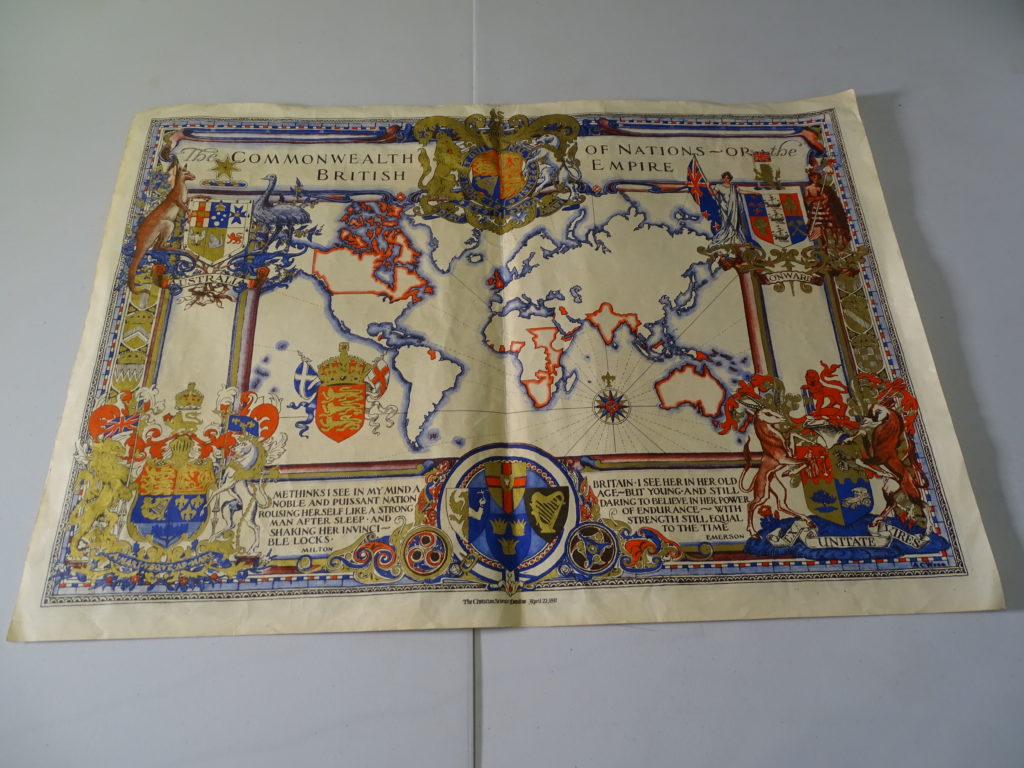Egham and the Empire: The Empire at Home
Although imperial popular culture did exist prior to the nineteenth century, the pace of its distribution and production began to increase rapidly in the mid to late 1800s. Imperial material culture, such as objects and photographs, begun to be mass-produced and widely distributed. This was a result of greater technical advancements across several industries. The British Empire came to be a large presence in popular culture. In the music and exhibition halls, in the press, and in patterns of food consumption, Empire became increasingly more present throughout the century.

From the 1870s to the 1920’s, examples of aggressively imperial popular culture could be found in Britain. Much ephemera utilized themes of superiority, especially in comparison to the peoples of the rest of the world. This view had mostly changed by the 1930s, when the work of the Empire Marketing Board promoted the view of empire from a distinctly economic and cultural perspective through their eye-catching posters. By the 1940s and 1950s, imperial propaganda focused more on the idea of a ‘Commonwealth’ shared between Britain and its land overseas, which implied that the imperial system was beneficial to both the metropole and people from overseas territories.

